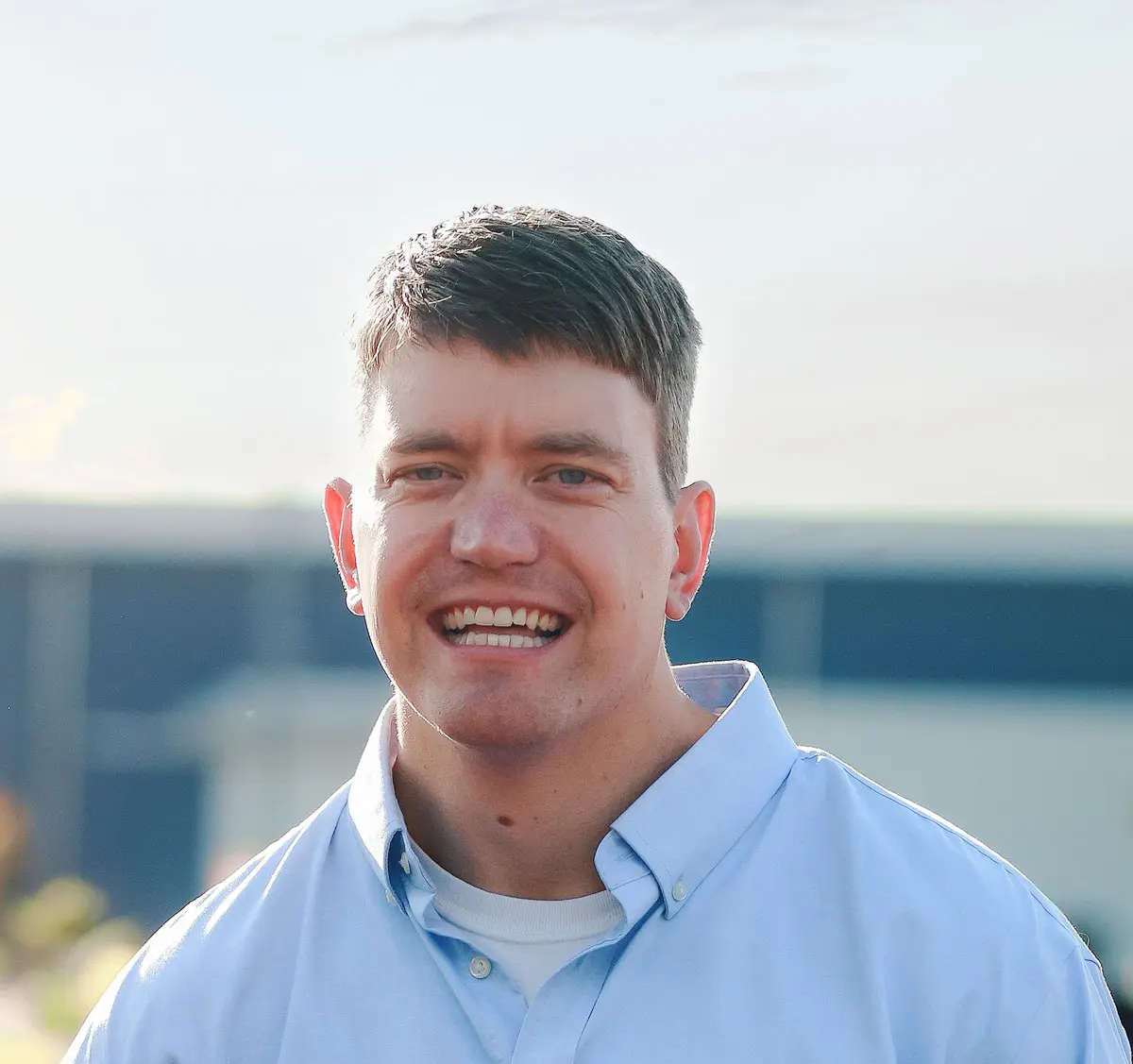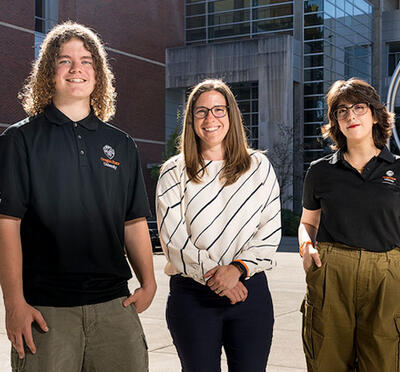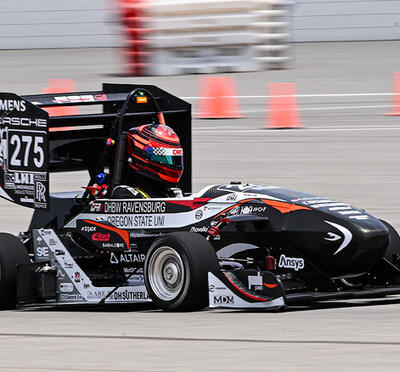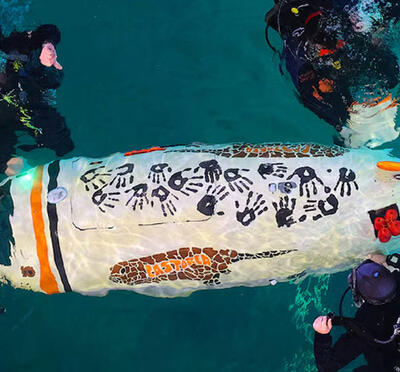Daniel Carlson’s career as a fire protection engineer has been determined less by early ambition than by unexpected opportunities, timing, an open mind, hard work, and the steady accumulation of new skills and additional responsibilities.
“I didn’t end up where I had expected, but people count on me to protect them from fire, and I can’t imagine doing anything else,” Carlson said.
Strong program at the right location
Carlson grew up in Genesee, a small town in northwestern Idaho. He enrolled at Oregon State in 2009, selecting the university because of its strong engineering program and its location.
“I wanted a new environment and to meet new people, but I wanted to stay out west,” he said. “Oregon State was just right.”
Carlson chose to study mechanical engineering for its versatility and wide range of professional opportunities, but had no idea that his decision would lead him to a branch of engineering that remains unfamiliar to the general public and even many engineers.

En route to earning his degree in 2014, Carlson secured a pair of internships at a Georgia-Pacific lumber mill in Coos Bay and at Erickson Inc. in Central Point, Oregon, which builds, restores, and upgrades heavy-lift helicopters.
A new career direction - fire protection engineer
Shortly after graduating, he spent several years with Pioneer Pump in Canby, Oregon, before joining the Army Corps of Engineers’ Portland District in late 2019 as a mechanical technical lead. The change marked a major inflection point in his life.
His responsibilities included upgrading fire suppression systems in key operational areas of the Columbia River’s hydroelectric dams, such as control rooms and generators. These extensive projects often required the help of fire protection engineers from other districts. Eventually, his supervisor suggested that he obtain his professional engineer's license in fire protection engineering, allowing more of the work to be handled in-house.
“I hadn’t thought about working in fire suppression, so while I considered the possibility, I learned that fire protection engineers are rare,” Carlson said. “There are only about 50 in the entire Corps of Engineers, which has about 40,000 employees.”
Carlson added that most large engineering firms have fire protection teams. The field is young, though, and only a handful of schools offer a four-year bachelor’s degree in fire protection engineering. More often, professionals with backgrounds in mechanical, electrical, structural, or civil engineering gradually take on fire protection duties and ultimately become fire protection specialists.
“Experts in fire protection are in high demand, and this was a great opportunity, so I jumped at the chance to earn the license,” said Carlson, who already held his PE for mechanical engineering.
He passed the test and received his new license in 2021, making him the first FPE in the district and dramatically changing his career trajectory. At his request, Carlson, along with his wife and their three children, transferred to the Far East District headquarters located at Camp Humphreys in Pyeongtaek, Korea, about 40 miles south of Seoul.
“It was a perfect opportunity to live and travel overseas,” he said, adding that his wife was born in Korea.
A world of opportunities
During his tenure, he managed the fire protection and life-safety program, served as a subject matter expert, and provided technical design review for all U.S. military-related projects on the Korean peninsula. That included coordinating with electrical engineers and other specialists to ensure facilities were equipped with proper fire alarms, sprinkler systems, fire pumps, and emergency generators. Projects also covered construction and renovation of warehouses, hangars, barracks, and water treatment plants, plus work on the billion-dollar U.S.-Korean Combined Air Operations Center at Osan Air Base.
In August, Carlson and his family relocated to Richmond, Virginia, where Carlson started his new position as the Component Fire Protection Engineer for the Defense Logistics Agency.
The immense DLA manages the acquisition, storage, and delivery of essential supplies, equipment, and services that support the U.S. military and federal agencies around the world, such as food, fuel, medical supplies, clothing, construction materials, spare parts, and more. The agency maintains four primary installations around the country. Carlson will ensure that all renovations and new construction within the DLA comply with proper fire protection design and construction standards.
“I never could have guessed I would be in this line of work, but I love it and take pride in what I do,” Carlson said. “The job pulls from every corner of my mechanical engineering foundation, including thermal-fluid science, mechanics of materials, fluid mechanics, heat transfer, and materials science — areas in which the College of Engineering gave me a solid background. I just didn’t anticipate how important that knowledge would be one day.”



